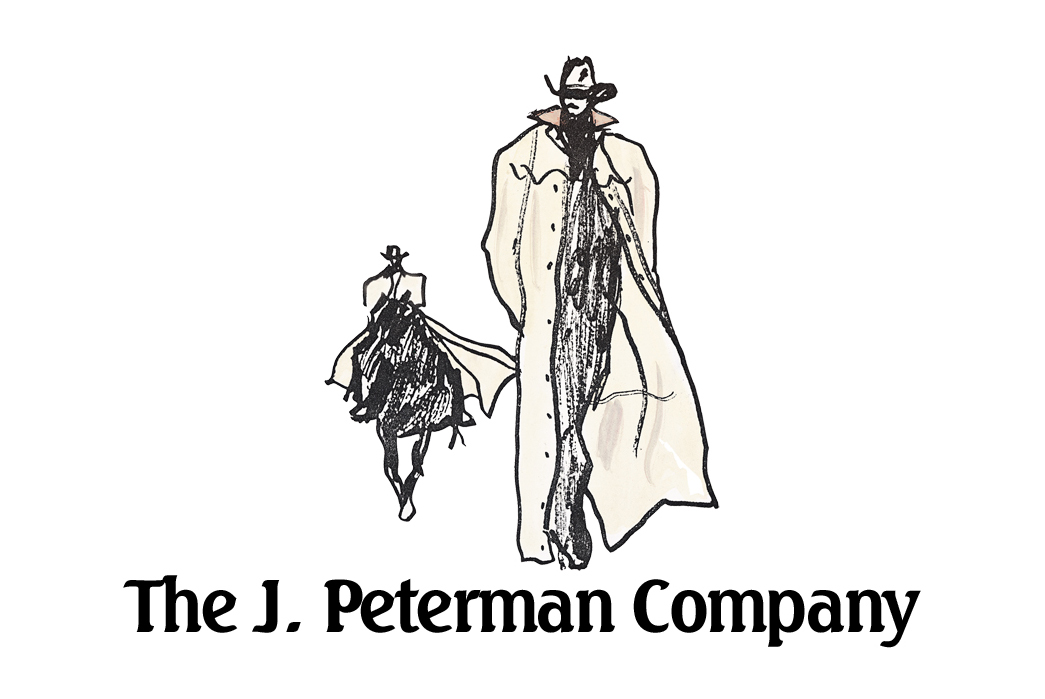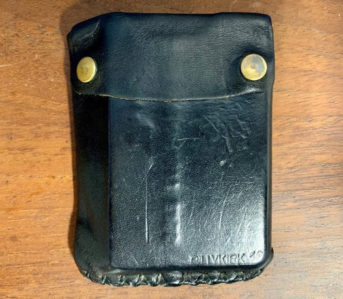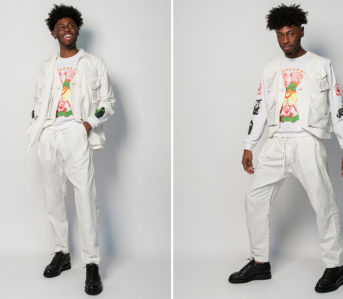You have to be “of a certain age” to appreciate how remarkably different it was to find cool stuff, new and vintage alike, before the Internet. Sure, today you can easily navigate a Japanese website and order the denim of your dreams, having the language and currency translated for you. And if you happen to be into Victorian hat pins, an eBay search yields well over a thousand options that can be in your mailbox in just a few days. Back when I was a kid, you’d had to fly into Tokyo and scour every flea market known to man to even attempt to accomplish the same. But then in the 1980s, a niche of catalog industry emerged to serve those looking for all manner of quirky stuff, saving you airfare and shoe leather, offering items you’d never find on Main St., or even at one of them new-fangled malls.
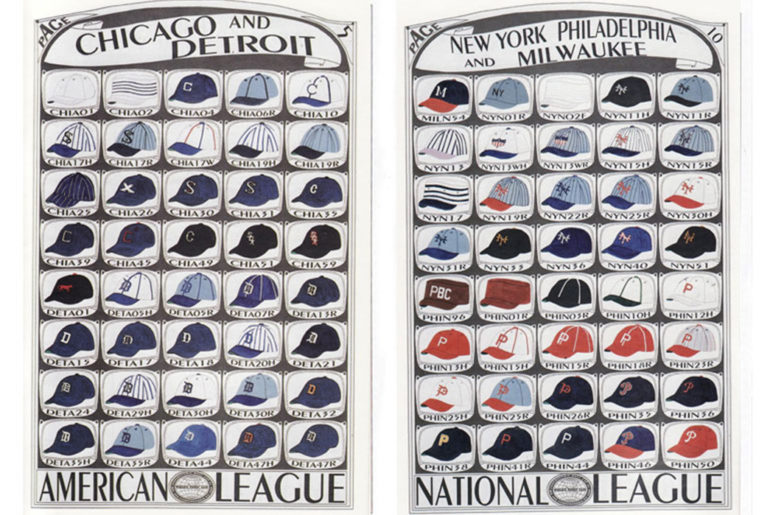
A Cooperstown Ball Cap Co. Catalog

A spread from an old Banana Republic catalog
From the vintage style ball caps of Cooperstown to legit safari gear from Banana Republic (prior to them becoming the Gap’s older, more boring brother), all kinds of cool clothes and accessories were suddenly available. The godfather of this slice of the mail order biz (and the last man standing) had the most sophisticated and urbane sensibility, and arguably the best stuff–The J. Peterman Company. And yes, there really was (and still is) a real J. Peterman.
I’m not sure how we got on their list, but my mom and I started receiving the J. Peterman catalog in the mid-1980s, and its arrival became something I dearly looked forward to. Even though I was only in my mid-teens, I knew from movies and TV that a much cooler, more interesting world lie beyond the suburbs of Syracuse, NY, and the Peterman catalog was a window into that world, or at least into the closets of the people who populated it. As a birthday present, my mom bought me Peterman’s Hemingway Cap and some Bay Rum aftershave (the mailbag I coveted was just too expensive). I loved them both not only for what they were, but what they represented.
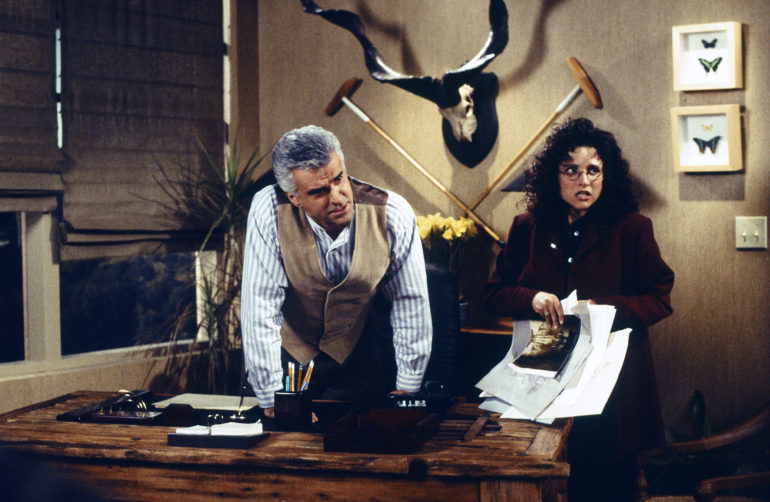
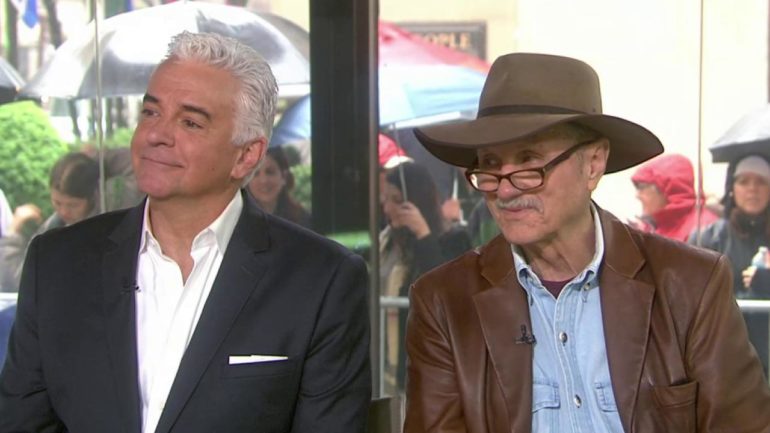
Seinfeld’s “J. Peterman,” actor John O’Hurley, and the real John Peterman
Then in the mid-1990s, J. Peterman experienced what you’d think was a dream come true–the man and company were co-opted by Seinfeld, providing exposure to tens of millions of people each and every Thursday night. But as the saying goes, when the Gods want to punish us, they answer our prayers. Not only did Seinfeld paint Peterman to be an outfitter of the silly helmed by a buffoon, but most people didn’t know that this wasn’t merely a sitcom device…this was a real company. A bankruptcy and reorganization followed, and late last year J. Peterman, the man and company, stormed the marketplace with some old favorites and a fresh perspective. I was lucky enough to have a long chat with John and his son Matthew about how things started, finding their footing after Seinfeld, and relaunching their storied brand.

Heddels (H): J. Peterman was pre-eBay, pre-Etsy, pre…the hyper-availability of everything. And while I deeply love all things Internet (heaven help he who tries to come between me and my Amazon Prime account), new and vintage things being just a click away is terribly unromantic.
John Peterman (JP): I couldn’t agree more. The whole romance of life, travel, knowledge…everything seems to be disappearing. If you know what you’re looking for, you can find it anywhere on the Internet. But you don’t know what you don’t know, and so you don’t know. You have no discovery. You can spend hours and hours discovering stuff on the Internet, but it’s not like walking through the Marais in Paris, looking in stores, getting tired, sitting to have a glass of wine… actually discovering something. It’s not like that anymore. And yet I get a sense that there’s a lot of people who prefer that kind of approach.
H: Sadly, it seems the Amazon-ification of commerce has taken the “just browsing” window shopper out of too many.
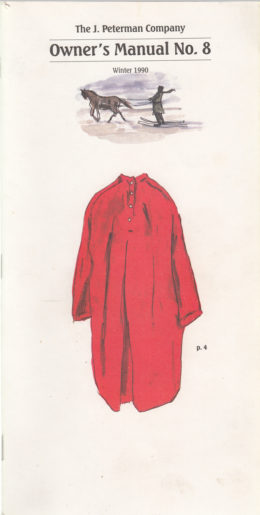
An early J. Peterman Owner’s Manual
JP: You’re preaching to the choir. What we do in terms of the Owner’s Manual…our website doesn’t give you the same experience as our catalog, but we’re working on it. If you like stories—the product “descriptions”—in our catalog, you might be drawn to something on the opposite page that you weren’t looking for. It’s set up separately for men’s and women’s items on the website, but not with the Owner’s Manuals. So women end up reading about the men’s stuff and men read a lot of the women’s stuff because they enjoy the copy.
H: When you started the catalog, did you write the copy because you were trying to evoke a certain feeling, or did you write in this “Peterman” way because that’s just how you thought?
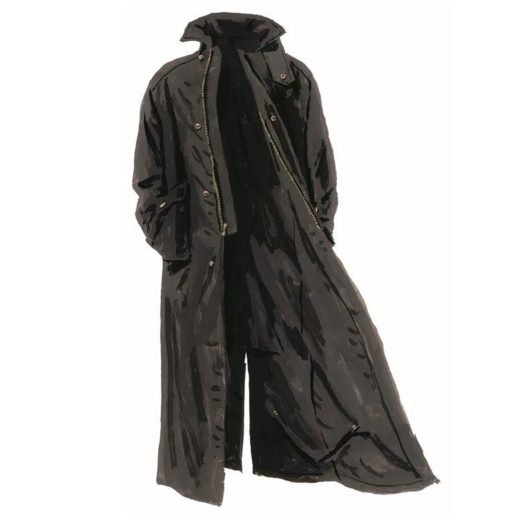
The iconic J. Peterman Duster
JP: Don Staley was my original partner in the company. He was in the advertising business as a copywriter, and the story is that he was with the firm that had L’Oreal for a client and he came up with the saying, “Because I’m Worth It.” I’ve read since that the ad agency took credit for that, but I tend to believe Donald because he’s not a bullshit artist and that’s the way agencies would probably work. Don was the guy who originated the style, the guy who started writing the copy. He wrote the first piece when we were trying to sell the duster. I was doing what you do when you don’t have a job—I was a consultant. I was out in Denver and there was a plane to Jackson Hole. I’d never been there, so I went. Beautiful town. I went into a store and I bought this duster because I was a wannabe cowboy. A cowboy is kind of this unique individual. They don’t say much, but when they do say something, they meant it. They were kind of romantic figures and were very much their own person. I’ve always wanted to be very much my own person, and I wanted to do what I wanted to do. Sometimes that’s good, sometimes it’s not, but that’s the way I felt about it.
The J. Peterman Duster.
Classic horseman’s duster protects you, your rump, your saddle and your legs down to the ankles. Because it’s cut very long to do the job, it’s unintentionally very flattering. With or without a horse. Although I live in horse country, I wear this coat for other reasons. Because they don’t make Duesenbergs anymore.
So I bought the duster, walked out the store, felt self-conscious, and took about five minutes to get over that feeling. And then I wore it to see my friend in New York, Don Staley. I noticed walking through the airport that I got a lot of stares, and it wasn’t because I had green hair in my nose, it was the duster. I walked into Don’s apartment on the Upper East Side, and he looked at me and he said, “You know, Peterman, I like you better because you’re wearing that.” I said, “I’ve noticed that a lot of people like me better and they don’t even know me…let’s see if we can sell a few.”
So he wrote the copy, which is the same copy that we use today, and we started growing. We ran an ad in the Lexington, Kentucky newspaper. We didn’t sell any. Don said there must be somebody out there, so we ran an ad in the New Yorker and we sold 72 dusters. We’d sold the dusters and then we had to buy more dusters to run more ads because I had to pay for the ads for the previous month.
The J. Peterman Shirt.
Thomas Jefferson disliked stuffy people, stuffy houses, stuffy societies. So, he changed a few things. Law. Gardening. Government. Architecture. Of the thousand castles, mansions, châteaux you can walk through today, only Monticello, only Jefferson’s own mansion, makes you feel so comfortable you want to live in it.
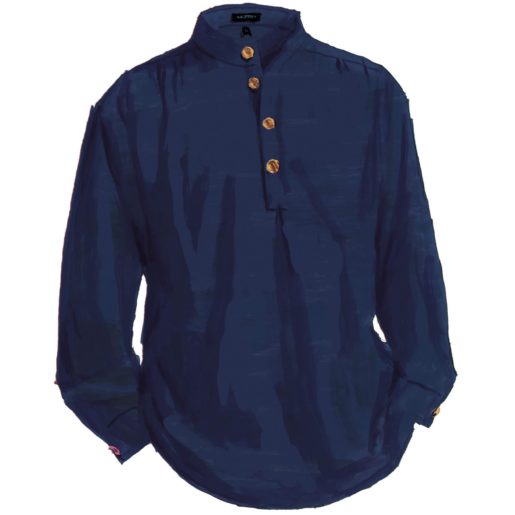
The Jefferson-Inspired J. Peterman Shirt
And that’s the way it was…leapfrog…just beg, borrow and steal at the beginning. And then we added another product, which was the Jefferson shirt (dubbed the J. Peterman Shirt), and then a retired mailman friend gave me his old mailbag and we reproduced a slightly smaller version.
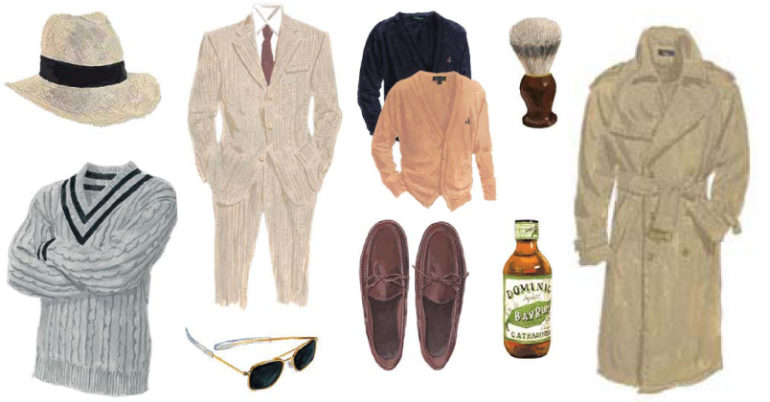
J. Peterman illustrations looking like, as Bob Hagel put it, “well-traveled ghosts.”
Those were the initial products that we did and it just struck a chord, and the chord was Donald’s scripts (and the illustrations by Bob Hagel). We really weren’t selling apparel, we were selling a lifestyle, a way of living. And over the years, I think at some points we’ve gotten away from that. But now we’ve gotten back to it. We’re not selling a fisherman’s cap or a canvas cap with a leather bill—we’re selling Hemingway’s Cap and all the romance that goes with it.
H: You can only sell the romance of an idea if people have a reference point…they need a context in which to appreciate something. With a younger customer, do you think they have that frame of reference?
JP: Some of the things we did, we can’t do anymore. But there are other products to replace them, and that’s why Matthew is here…he relates to a lot of things that I don’t necessarily even know about.
H: As you think about last year’s “relaunch,” do you think you’ll be introducing new products that might sort of, you know, evoke nostalgia for the 1980s as opposed to the 1880s?
Matthew Peterman (MP): Absolutely. Over the last maybe two years or so, we’ve really tried to make the transition to updating references. The whole thing we’re trying to do with the company is stay loyal to our base customer, which is basically the 50 or 65 and older crowd. Can you even think of anybody who’s 25 and going to be buying Peterman? Probably not, but certainly 30 to 50. Anybody 35 and up should be interested in the catalog.
H: It will be interesting to watch. How far along in the process of this relaunch are you?
JP: We’ve thought it through and there’s nothing like reality to juice your thinking. Anybody younger than 50 or 55…it’s not a paper and postage catalog world anymore. Once they do get our catalog, they enjoy and like the feel of it, and it’s a lot easier to read it in bed than your laptop, or they sit on the can and read it. But the way they come in is through social media and our website. Those are the two areas of concentration. And once they buy, they’ll get the catalog. Then it’s not an intrusion, it’s a reward. It’s a reward for ordering and they think, here’s a new part of my life that I never knew existed, and man, this is cool.
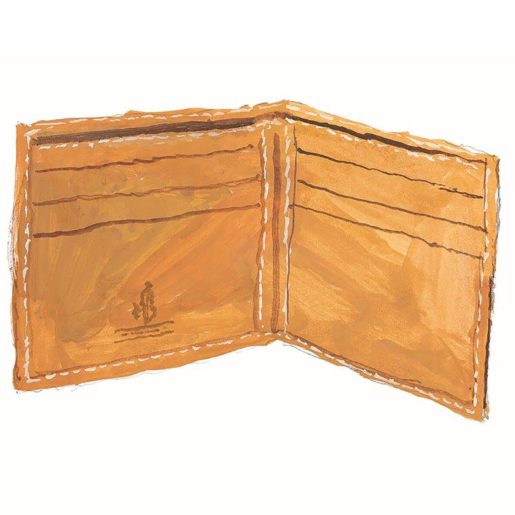
An illustration of J. Peterman’s Baseball Glove Wallet

The actual J. Peterman Baseball Glove Wallet
H: The other big “Peterman thing” are the paintings of the items as opposed to photography of the actual items. How do you feel about the idea of having to now include photography of your stuff on your site? Are you doing that grudgingly or do you see a benefit?
JP: So let me answer that question this way. You’re on the edge of the cliff and you’re about to fall off. When somebody offers you a hand, do you take it begrudgingly or willingly? So yeah, we’ve never used photography in the owner’s manual, and the photography on the website has been poor or not descriptive enough…it’s hasn’t felt “Peterman” because I don’t get the feel for the product from photography. But the photography has gotten much better, so we are going to “on body” photography for the first time.
H: That makes sense.
JP: We’re keeping the paintings in the catalog. It’s iconic and it’s unique, and I like being unique. But I also like selling stuff. At one point, the company was a cult and if you didn’t know about J. Peterman, that means you weren’t a member of the cult. I want to be a little elusive but not too. I want to be a discovery, but I’d like a lot of people to know about us and then they can make their own judgments. Part of our problem is, we got so popular and satirized on Seinfeld that 40 or 50 million people who know the name J. Peterman…they don’t think it’s a real company. So our job is to recapture that J. Peterman is a real company and actually J. Peterman really exists.
H: It’s funny…I mentioned to my neighbor that we were going to be speaking today, and she asked, “Is he a real person?” She wondered if it was a character like “the most interesting man in the world” for Dos Equis? And I assured her that you are indeed a real person.
MP: There are the people who may have heard about the catalog and wonder if J. Peterman is a real person who really did the things that are written about in the catalog, and then there are the people who thought John Peterman was a fictional person made up on the Seinfeld show in 1995. Not everybody, but a lot of people under 40 honestly don’t know it’s a real company and I think what we’re doing is trying to educate the world that Peterman is real and it’s been around and it’s still around and it’s going to be around. And it’s pretty interesting.
Yes, it is pretty interesting. The real J. Peterman, a former rancher and minor league ballplayer turned catalog impresario, is anxious to remind everyone that he (along with his impeccable taste) is still here, and he and his company ain’t going nowhere. (His son Matthew, in addition to being a successful screenwriter, has inherited the copywriting responsibilities.) They were nice enough to not only send along a new bottle of Bay Rum and replacement for my long-disappeared Hemingway Cap, but also the Counterfeit Mailbag that I’ve wanted for 30 years.
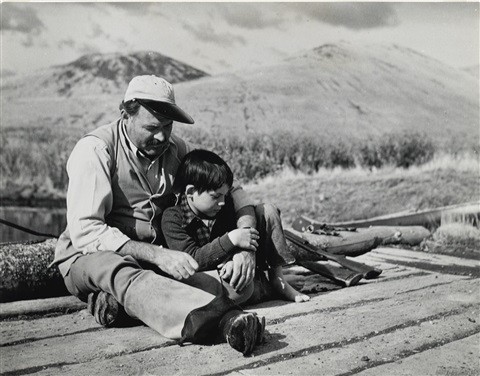
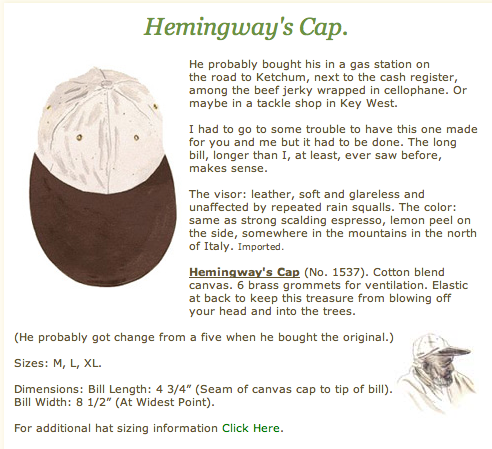

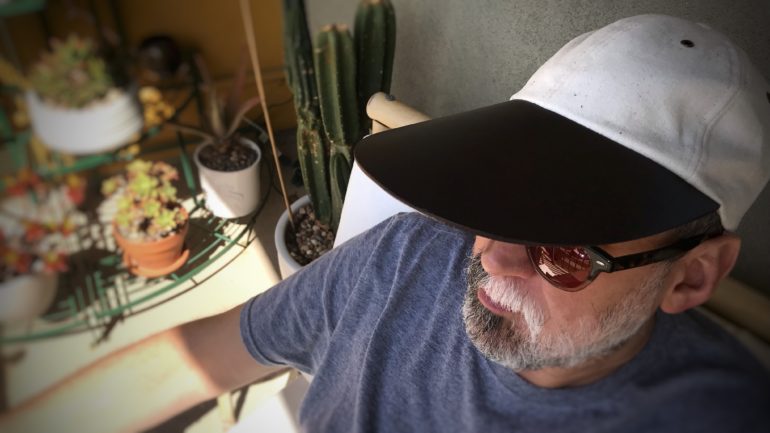
The Hemingway Cap features a crown of mid-weight natural cotton canvas with brass grommets, khaki sweatband, and an extended 4.75″ leather covered bill. It comes in multiple sizes (mine is a medium…I wear a size 7), each with elastic in the back for a secure fit. The long brim is akin to wearing a beach umbrella, as it really keeps the sun out of your eyes. And while we both are old men by the sea…writers with white beards…the closest I get to Papa while wearing this cap is being occasionally rum drunk.
It is an excellent drinking hat, as with the brim pulled low, no one can be sure if you’re wondering for whom the bell tolls or have forgotten that you’re a lightweight and that second dark and stormy caused you to nod off. (Hypothetically speaking, of course). I love it more than I did way back when, and this one I won’t lose to the sands of time (also known as a cross-country move).
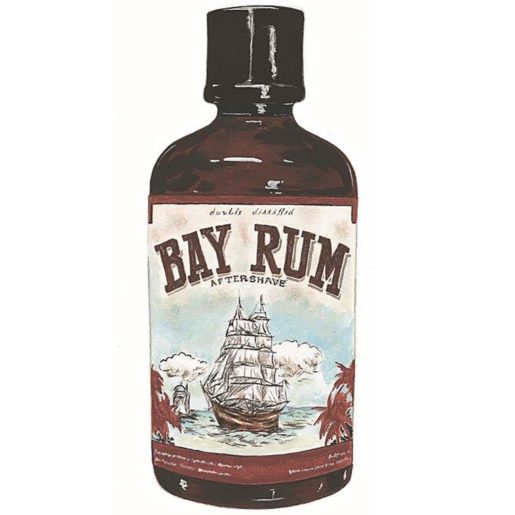
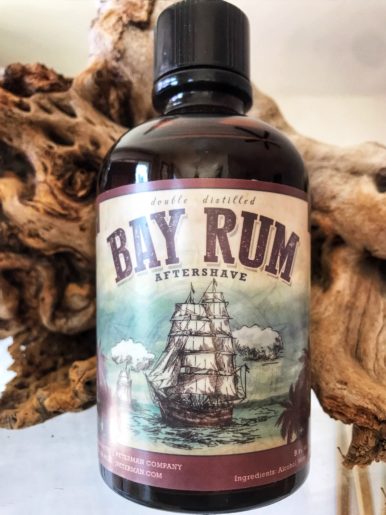
It would be easy to dismiss Bay Rum (Regular Price, $24) as yet another affectation of the new-old barbering revival. That is, if it didn’t just smell so damn good. My dad used to wear English Leather and my Uncle Dave Old Spice, and this scent is in that arena. The formulation is new since my first bottle back in the ’80s, but it’s wildly familiar and by far the best bay rum I’ve tried. I’ve never been a cologne guy, so the slightly-bracing, just-enough-fragrance aftershave is perfect when I want to smell nice for my wife, not smell like my wife.
Originally, we sold Bay Rum produced in the Dominica by A.C. Shillingford. They’d been doing it since 1907 and did it very well. But all good things must come to an end and this was no exception. When they closed shop, we searched high and low for a new source. In the spirit of perseverance (and wanting good things to continue) we decided to have the highly sought-after formula reproduced by our magicians so that you too could experience the scent described as less strong than anything called perfume or aftershave but not so quiet as to be boring. In fact, it is quite sexy. Men have liked Bay Rum since Spanish Main days. They like it for the least complicated reason in the world. It smells good.
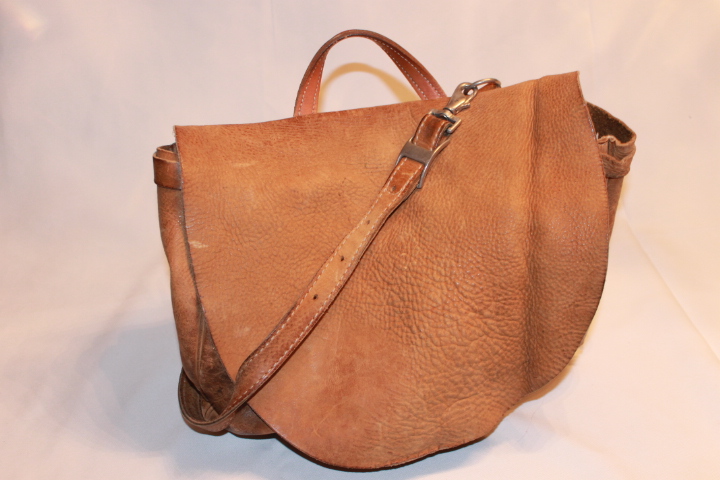
A Vintage Peterman Mailbag…my bag’s role model
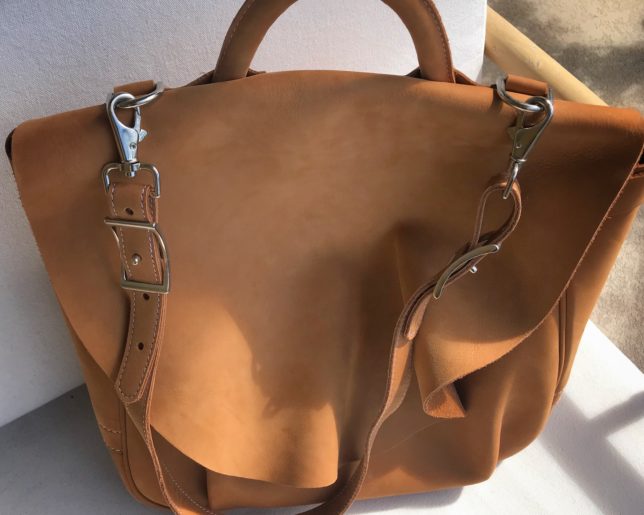
My Peterman Mailbag
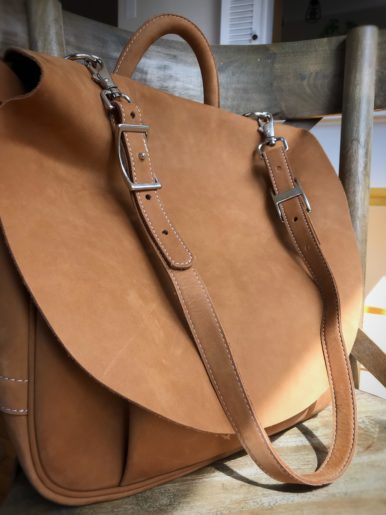
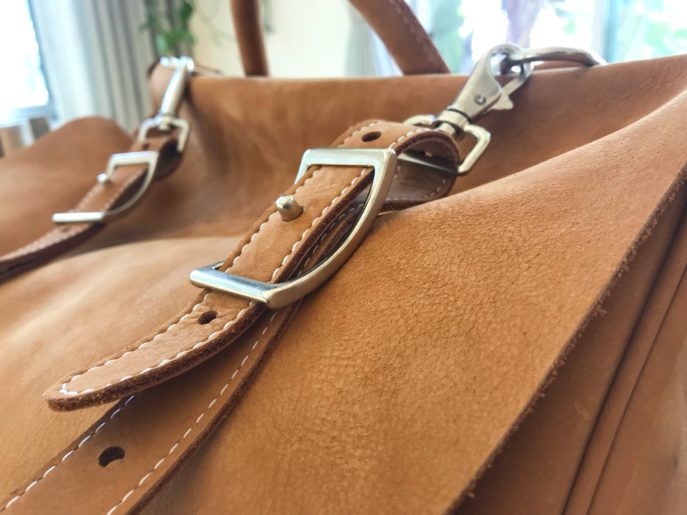
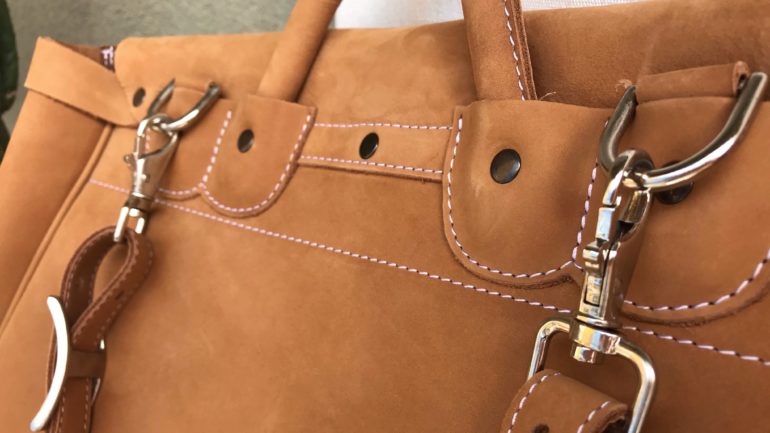

As for the mailbag…if anything is worth waiting 30 years for, it’s this. At first, I (like many) was afraid to even take it out of the box… more afraid still to use it. What if something got on it! But that passed, and I now welcome its interaction with the physical world so it may take on the patina it so deserves. It’s got one voluminous inner sanctum, one external zippered compartment, and between the two you can easily use it as your everyday bag, overnight bag, even your maybe-we-should-drive-to-Mexico-before-the-law-finds-us bag. The strap and hardware are ultra sturdy, and these age as well as any leather item I’ve ever seen. I have many bags, and none is its equal. It not only serves its purpose, but gets complimented everywhere I take it. Both buttery soft and built to last, I’m tempted to get a real job just so I have someplace to go and carry stuff.
So what will become of the revived J. Peterman Company? It’s hard to say. For such a world wanderer, the online marketplace is a bit of uncharted territory for Peterman, and the photography on the site does feel kinda’ sorta’ off-brand, but it’s undeniably practical and these days non-negotiable. I’m getting used to it, and if you’re younger than me (and it seems everyone is these days), you probably can’t imagine it any other way. Plus, everything at Peterman seems to be between 1-99% off everyday…a never-ending sale, so one wonders if that’s marketing to clear out the old to make way for the new, or is it reflective of something more dire. I hope not, because I believe there’s not just a place for J. Peterman in today’s marketplace, but a need as well. After all, without a bit of romance and a few clever turns of phrase, isn’t it all just stuff?

